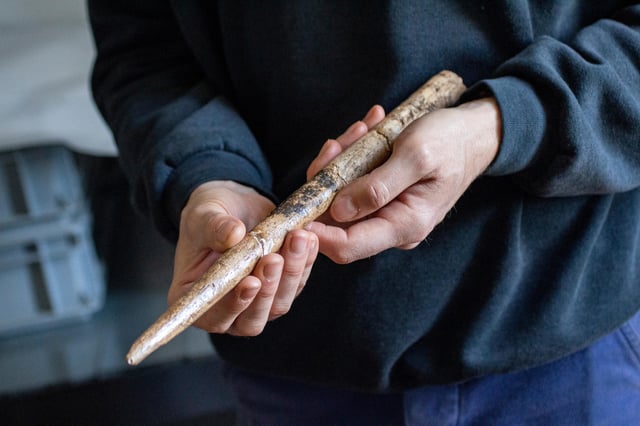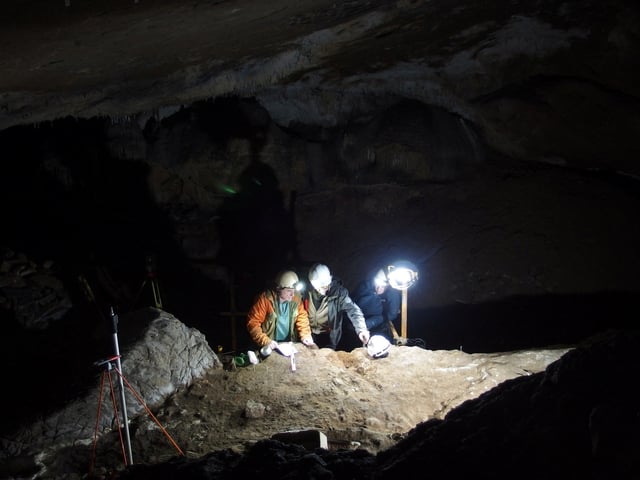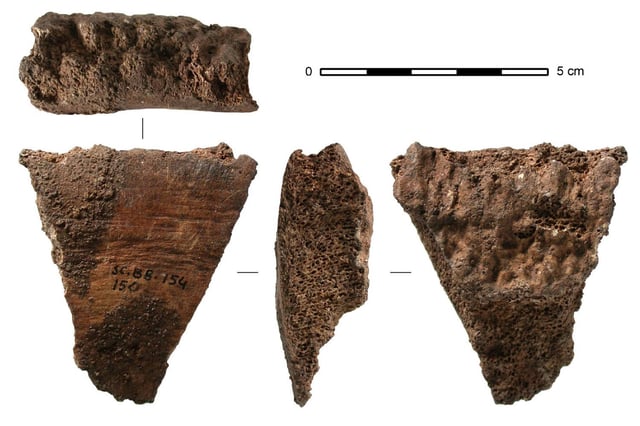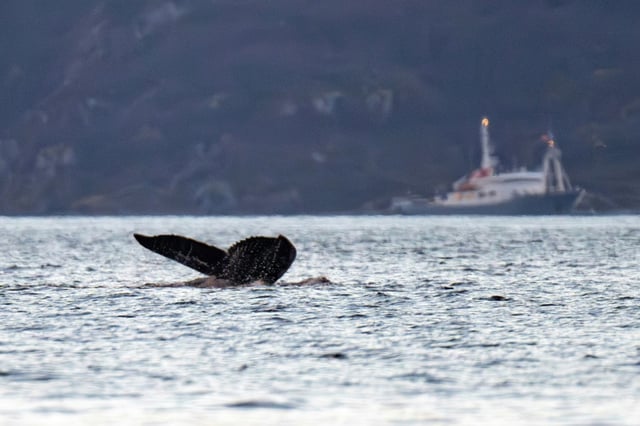Overview
- Researchers used protein sequencing and radiocarbon dating on 83 modified bones and 90 fragments from sites in Spain and France to date whale bone tool use to around 20,000 years ago.
- Artifacts derive from at least five whale species—sperm, fin, blue, gray and right or bowhead whales—identified through ZooMS protein analysis.
- The majority of the whale bone objects function as projectile points likely hafted on spears for hunting land animals during the Late Paleolithic.
- Archaeologists conclude that ancient humans scavenged bones from beached whales rather than practicing active whaling.
- Isotopic analysis indicates that ancient North Atlantic whales had feeding habits that differ slightly from those of modern populations.



